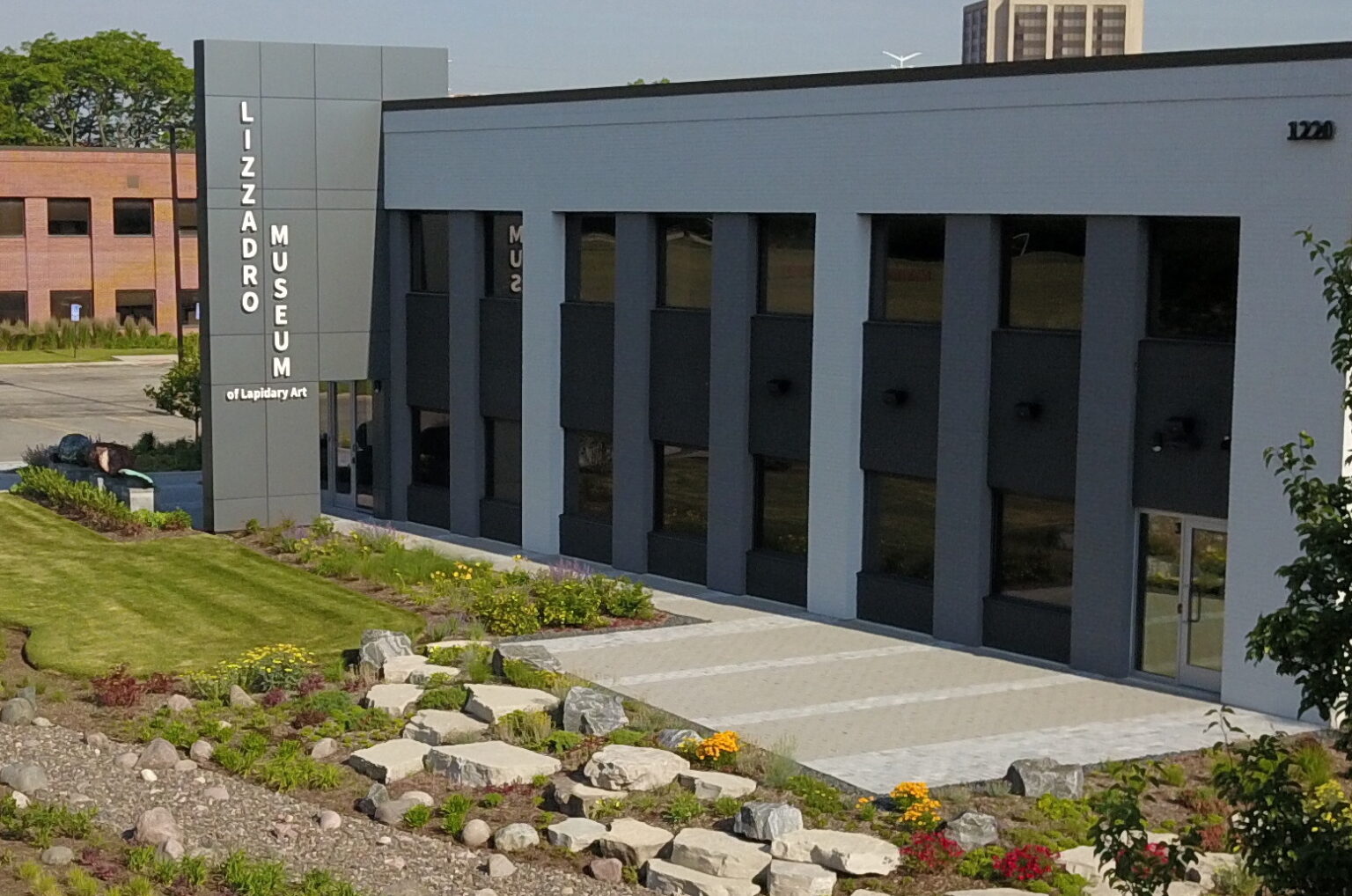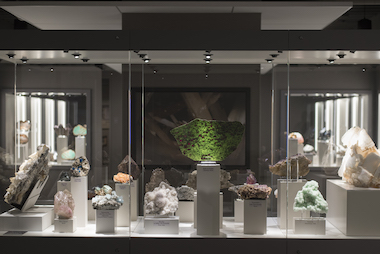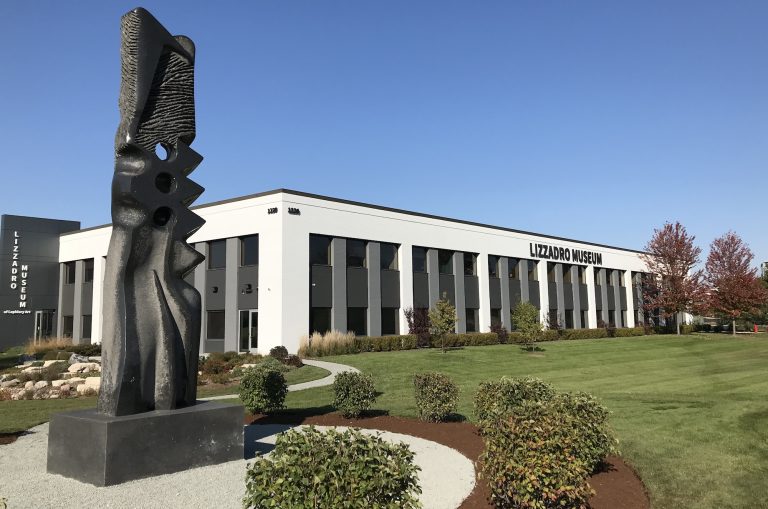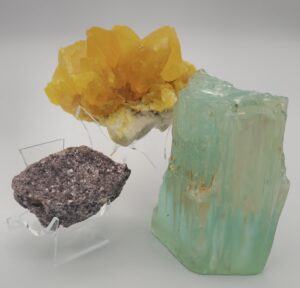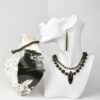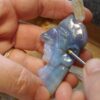Newsletter | Calendar of Events
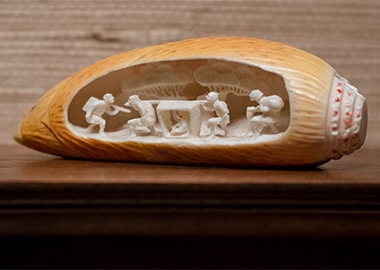


Calendar of Events
Special Exhibit
Opens October 19th

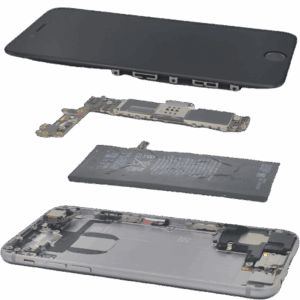
Your cellphone is a treasure chest containing over 65 minerals!
These minerals play a variety of vital roles – often within the same device.
Formed by the earth, then discovered by miners and processed by hundreds of hands, minerals make your phone possible.
This special exhibit opens up our phones
to reveal the hidden gems in your pocket!
Regular Museum Admission | Regular Museum Hours
From Magma to Mobile:
How Rare Earths Shape Our Tech
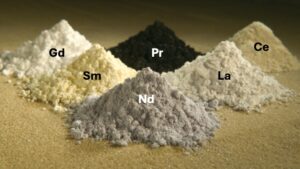 From smartphones to satellites, Rare Earth Elements (REEs) power our world, yet their unfamiliar names and symbols can make them seem mysterious. Despite the term “rare,” a 2010 report estimated that REEs are more abundant in the Earth’s crust than commonly mined metals like copper and zinc. They are not “rare” because they cannot be found, but because they rarely occur in high enough concentrations to be mined economically. Geological processes start the refining process, and we finish the job.
From smartphones to satellites, Rare Earth Elements (REEs) power our world, yet their unfamiliar names and symbols can make them seem mysterious. Despite the term “rare,” a 2010 report estimated that REEs are more abundant in the Earth’s crust than commonly mined metals like copper and zinc. They are not “rare” because they cannot be found, but because they rarely occur in high enough concentrations to be mined economically. Geological processes start the refining process, and we finish the job.
At the atomic level, REEs are larger and heavier than similar elements, which prevents them from fitting into the crystal structures of common minerals as magma cools, so REEs are among the last elements to be incorporated into minerals. Think of magma as a crowded party – the common guests (elements like silicon, oxygen, and aluminum) group up early, and REEs wait to dance until they can find elements like sodium, calcium and potassium. This process is nature’s way of concentrating REEs — a process that continues even after the rocks reach the surface.
Once at the surface, they may occur in mineable concentrations. If not, erosion breaks down these rocks over time, and rain and wind transport the mineral fragments. Their larger atomic sizes influence where these sediments settle – often in clays or placer deposits with concentrations of REEs high enough to be considered valuable. Even so, extracting usable REES from these deposits remains a complex, costly, and sometimes environmentally challenging process. The real rarity lies in the mining, processing, and distribution – not the elements themselves.
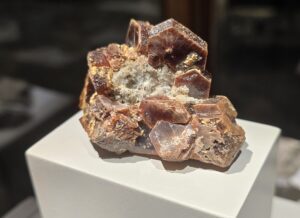
REEs make up only about 4% of your cellphone – roughly 1/8th of an ounce – but without them, your phone would go dark. BUZZ! You got a like! That’s neodymium vibrating. Snapping a selfie? Lanthanum is behind that pic. Even the colors on your screen owe their brilliance to europium and terbium. Our tech-driven world depends on REE-bearing minerals.
Discover the mineral magic driving your devices in our Special Exhibit: “The Hidden Gems of Cellphones”, which reveals the minerals behind the screen and the elements that power your digital life. The Exhibit opens Sunday October 19th. Join us for tour and mingle at 2 p.m. Light refreshments will be available.
REFERENCES
Gómez, Moisés, et al. 2023, Critical and strategic metals in mobile phones: A detailed characterisation of multigenerational waste mobile phones and the economic drivers for recovery of metal value: Journal of Cleaner Production, vol. 419, p. 138099, Available at https://doi.org/10.1016/j.jclepro.2023.138099.
Long, K.R., Van Gosen, B.S., Foley, N.K., and Cordier, Daniel, 2010, The principal rare earth elements deposits of the United States—A summary of domestic deposits and a global perspective: U.S. Geological Survey Scientific Investigations Report 2010–5220, 96 p. Available at http://pubs.usgs.gov/sir/2010/5220/.
Van Gosen, B.S., et al. 2014, The Rare-Earth Elements—Vital to Modern Technologies and Lifestyles: USGS Mineral Resource Program, Fact Sheet 2014 –307, http://dx.doi.org/10.3133/fs20143078.

Become a Member and Save!
A membership to the Lizzadro Museum is the perfect gift
for the rockhounds in your life!
Join today!

Field Trip Assistance Grant
now taking applications!
Applications for the Field Trip Assistance Grant
are now available online here.
This program will provide transportation and tour costs
to eligible students in the Chicagoland area.
Wintrust is providing $10,000 for eligible Title 1 schools and a
Museum Board Member is sponsoring field trips for schools of the Diocese of Joliet.
Interested teachers and school districts should reach out to our Educator, Sara Kurth.


Want to stay informed?
Sign up below to receive our emails!
By submitting this form, you are consenting to receive marketing emails from: The Lizzadro Museum of Lapidary Art, 1220 Kensington Road, Oak Brook, IL, 60523, https://www.lizzadromuseum.org. You can revoke your consent to receive emails at any time by using the SafeUnsubscribe® link, found at the bottom of every email. Emails are serviced by Constant Contact
Have you missed a lecture?
Check out our YouTube Channel
to watch all of our virtual lectures!

From the Curator’s Corner
